Introduction to Universal Joints with Welding Plate Bearings
Universal joints with welding plate bearings are essential mechanical components used to transmit torque and rotational motion between shafts that are not in a straight line. These assemblies combine the flexibility of a universal joint with the durability and stability provided by welding plate bearings, making them ideal for heavy machinery and custom fabrication projects.
Key Components and Materials
A universal joint with welding plate bearings typically consists of the following key components:
- Universal joint cross: The central rotating piece connecting the yokes.
- Yokes: U-shaped arms that connect the shafts to the joint cross.
- Welding plate bearings: Flat plates that support the joint and provide mounting points for welding.
- Bearing caps and needle bearings: Ensure smooth rotation and reduce friction.
- Seals and lubrication fittings: Protect the bearings from dust and allow regular maintenance.
Materials used for welding plate bearings often include high-strength steel or alloy steel to withstand torque, impact, and wear in demanding industrial applications.
Design Considerations
Load Capacity and Torque Ratings
When designing a universal joint with welding plate bearings, it is critical to select components that match the torque requirements of the application. Overloading can lead to premature wear or failure. Calculating the maximum torque, operating angles, and rotational speeds ensures optimal performance.
Alignment and Angle Considerations
Universal joints function best within specific angular ranges. Maintaining proper alignment reduces vibration and uneven wear on the bearings. Welding plate bearings provide a stable mounting surface to minimize misalignment.
Installation Steps
Follow these steps to install a universal joint with welding plate bearings:
- Prepare the shaft ends by cleaning and inspecting for wear or damage.
- Align the universal joint with the shafts and ensure the yokes are positioned correctly.
- Mount the welding plate bearings securely using welding or bolted connections according to the design requirements.
- Install bearing caps with appropriate torque specifications.
- Lubricate the needle bearings thoroughly and check for smooth rotation.
- Perform a final inspection to ensure proper alignment and secure mounting.
Maintenance and Troubleshooting
Regular Lubrication
Lubrication is critical for extending the life of universal joints and welding plate bearings. Apply high-quality grease through lubrication fittings at recommended intervals.
Inspection for Wear and Damage
Regularly check for unusual vibrations, noise, or play in the joint. Inspect the welding plate bearings for cracks, deformation, or corrosion. Early detection prevents unexpected failures.
Replacement Guidelines
Replace worn or damaged bearings and joints promptly. Use manufacturer-recommended components to maintain performance and safety. Ensure proper alignment during reinstallation to prevent early wear.
Applications in Industry
Universal joints with welding plate bearings are commonly used in:
- Heavy machinery such as construction equipment and agricultural machines.
- Custom mechanical fabrication where shafts are not aligned.
- Industrial conveyor systems requiring flexible rotation connections.
- Automotive driveshaft assemblies where robust mounting and torque transmission are essential.
Conclusion
By understanding the design, installation, and maintenance of universal joints with welding plate bearings, engineers and technicians can achieve reliable torque transmission and extend the service life of machinery. Proper alignment, lubrication, and regular inspections are key to optimal performance in any industrial application.

 English
English Español
Español 中文简体
中文简体

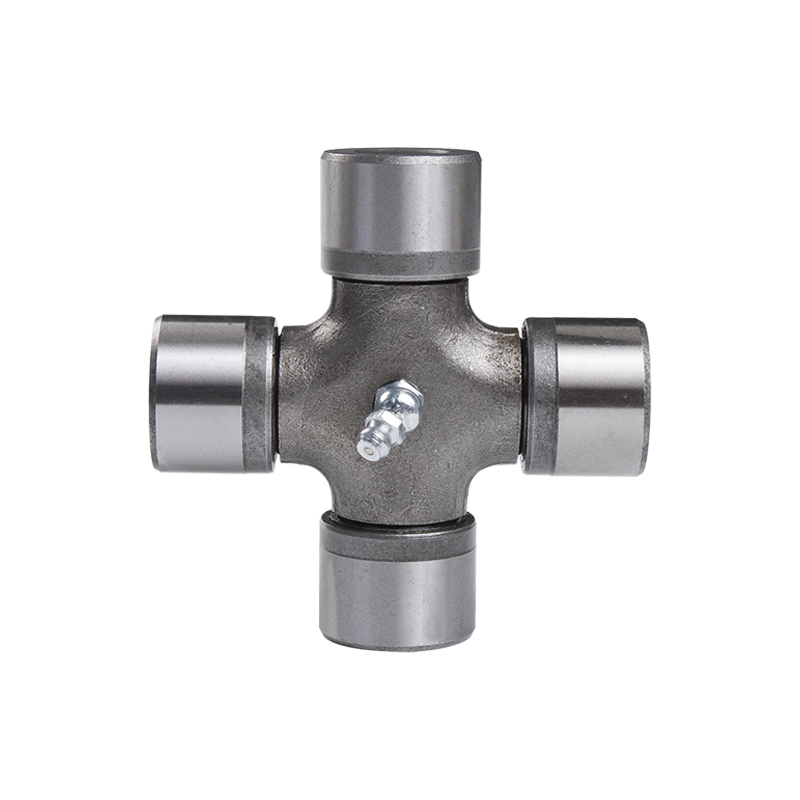
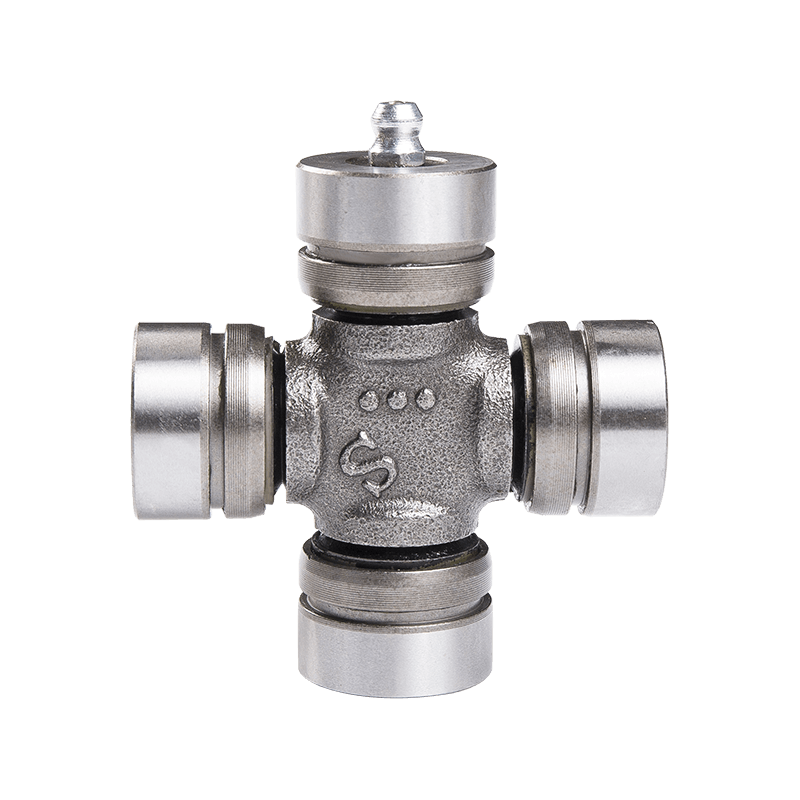
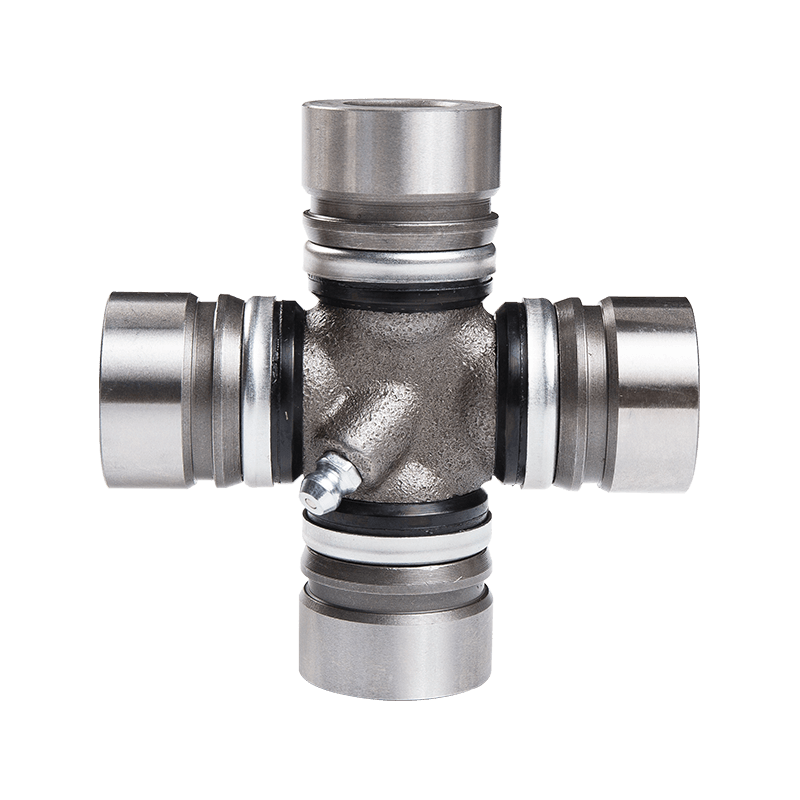
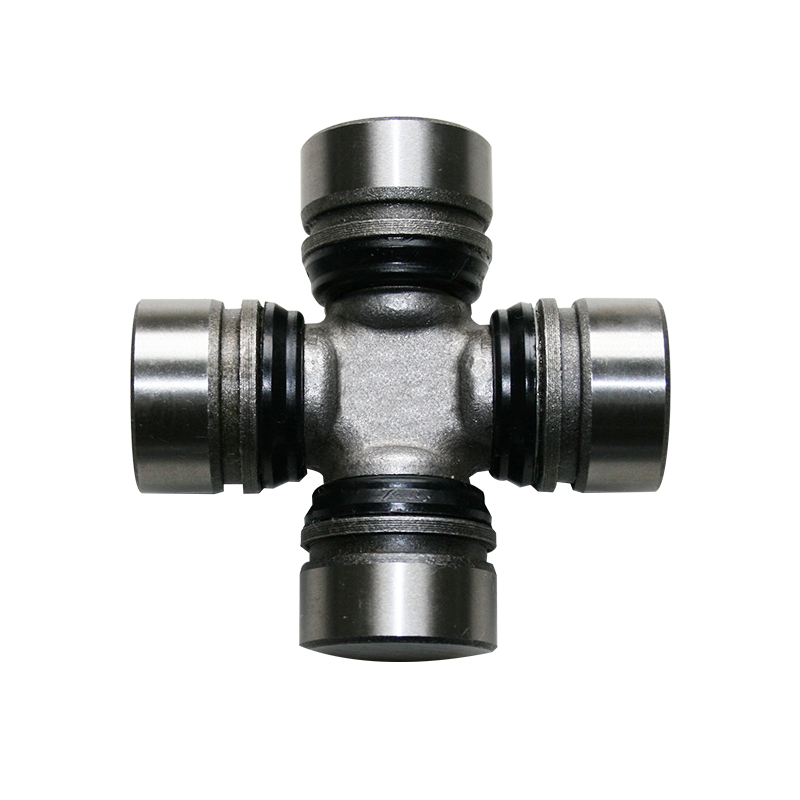
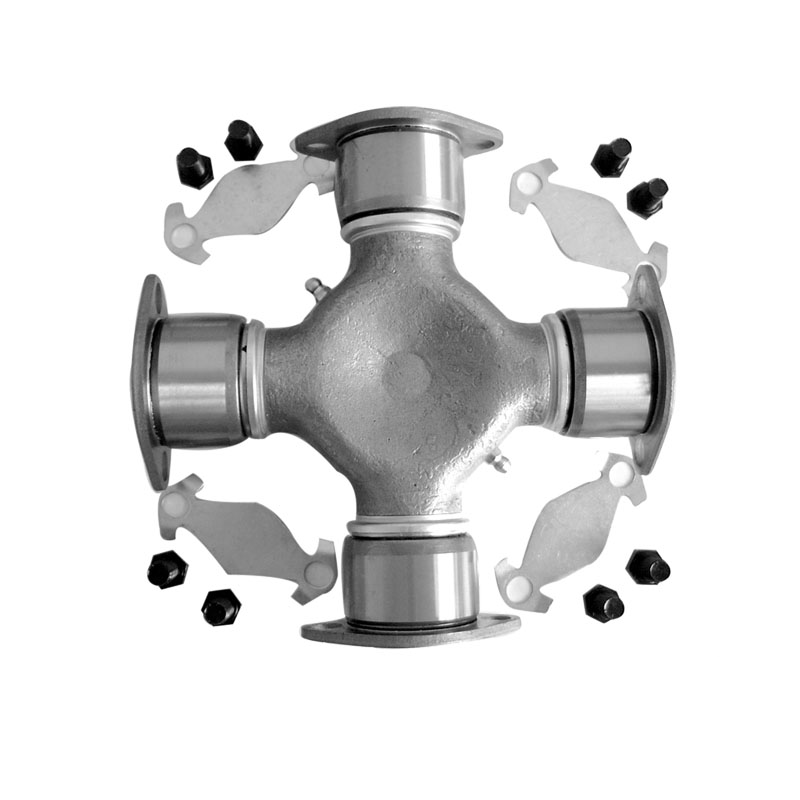
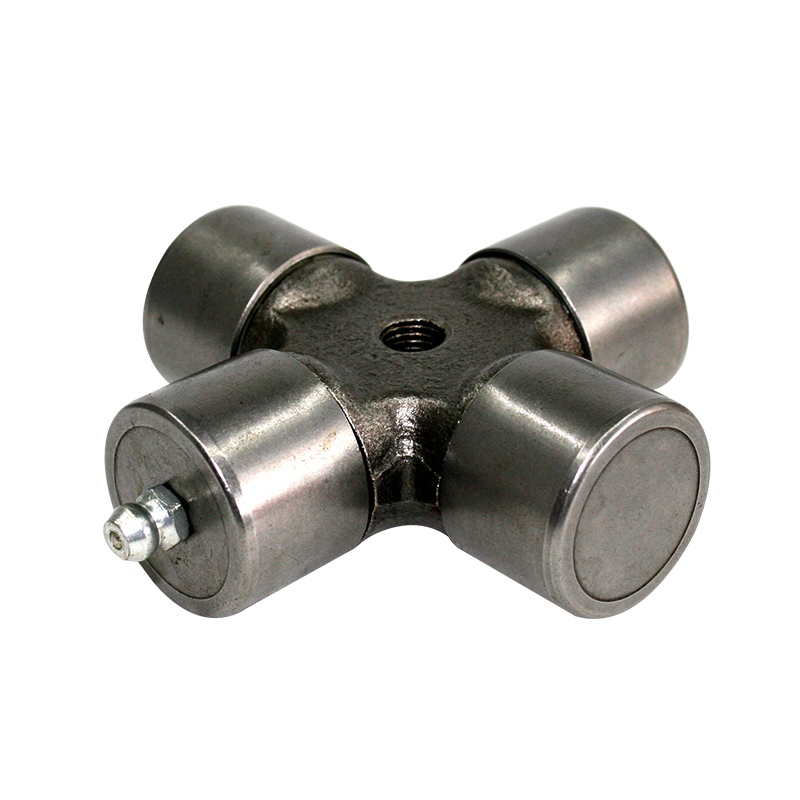
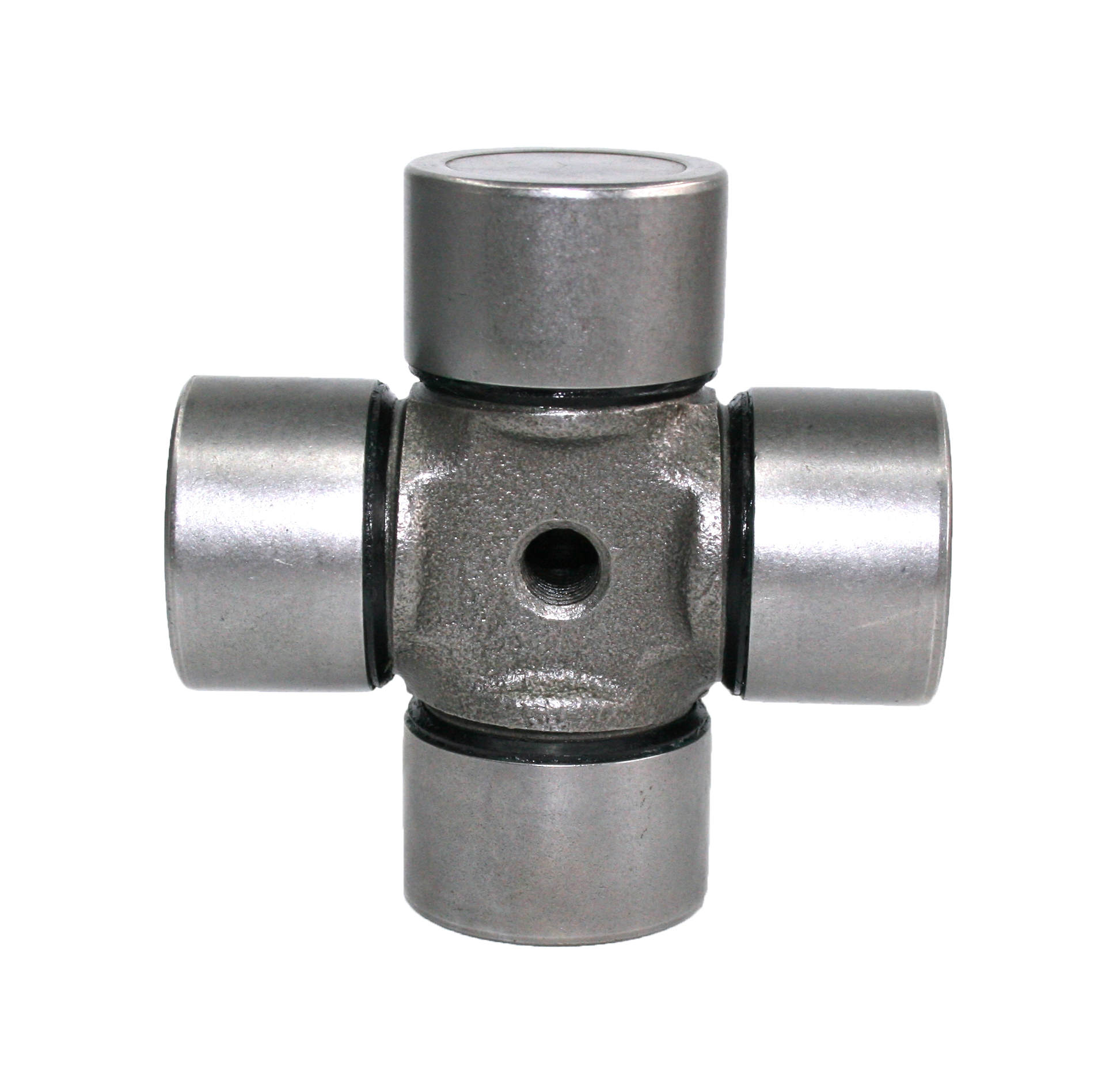
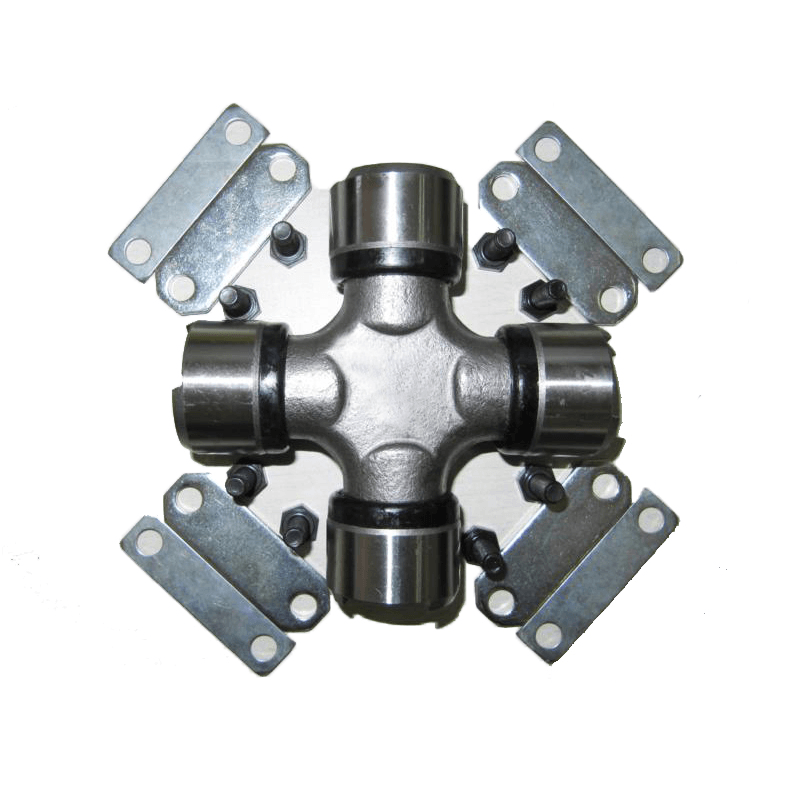
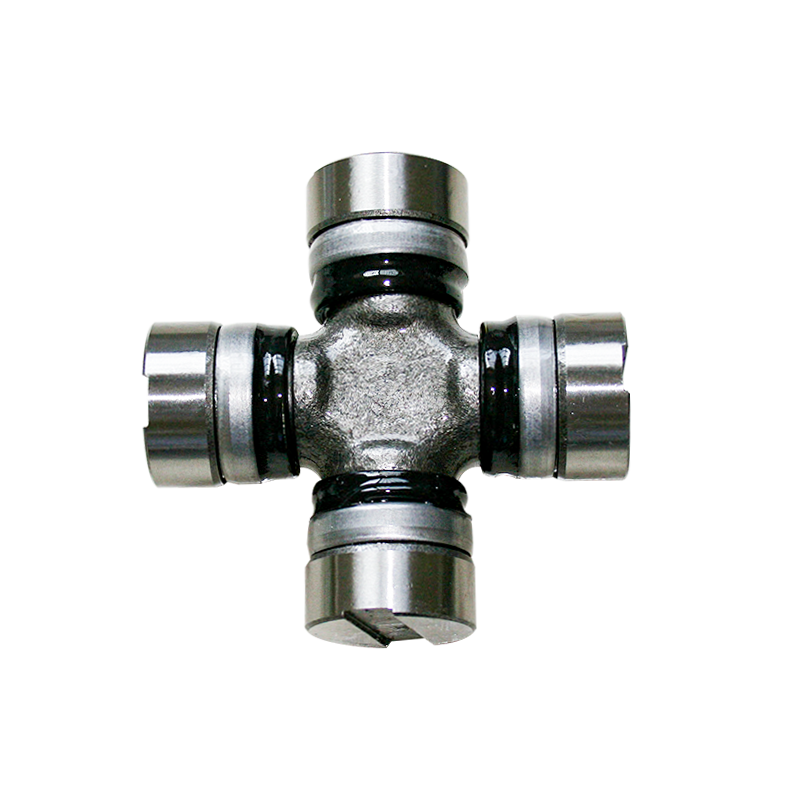
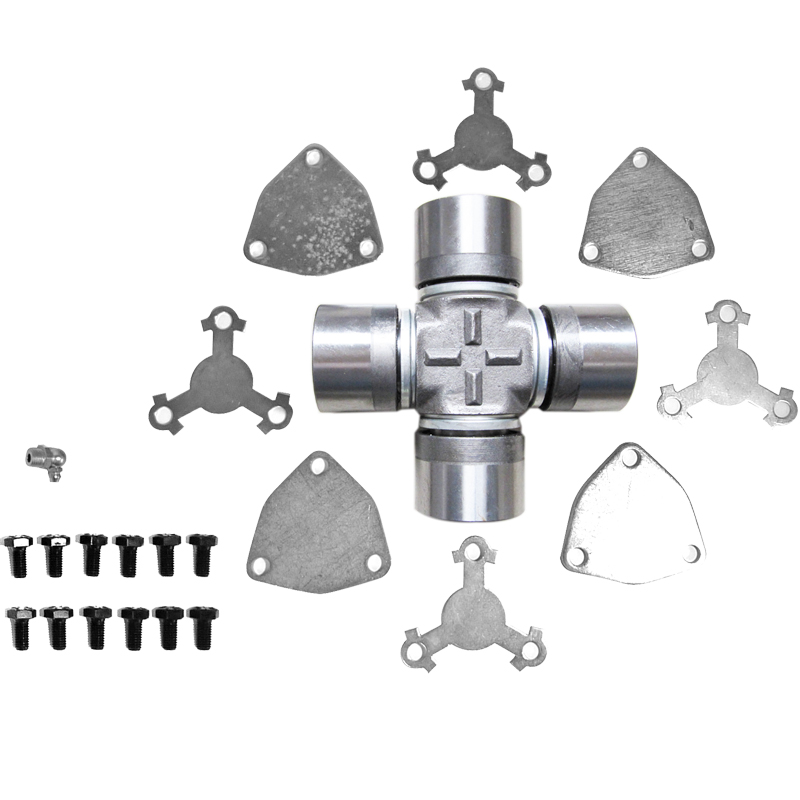
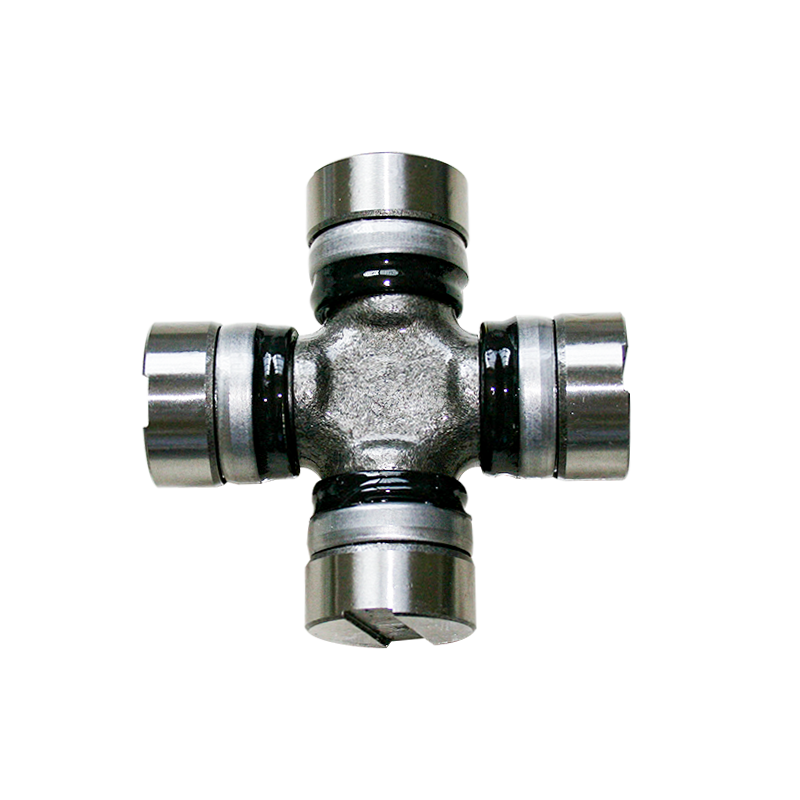

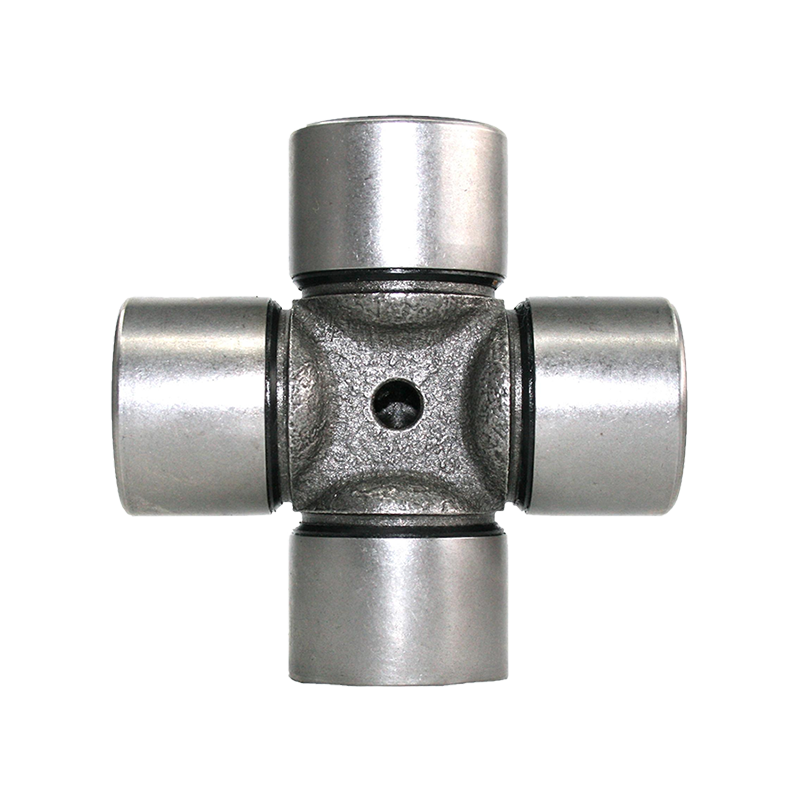
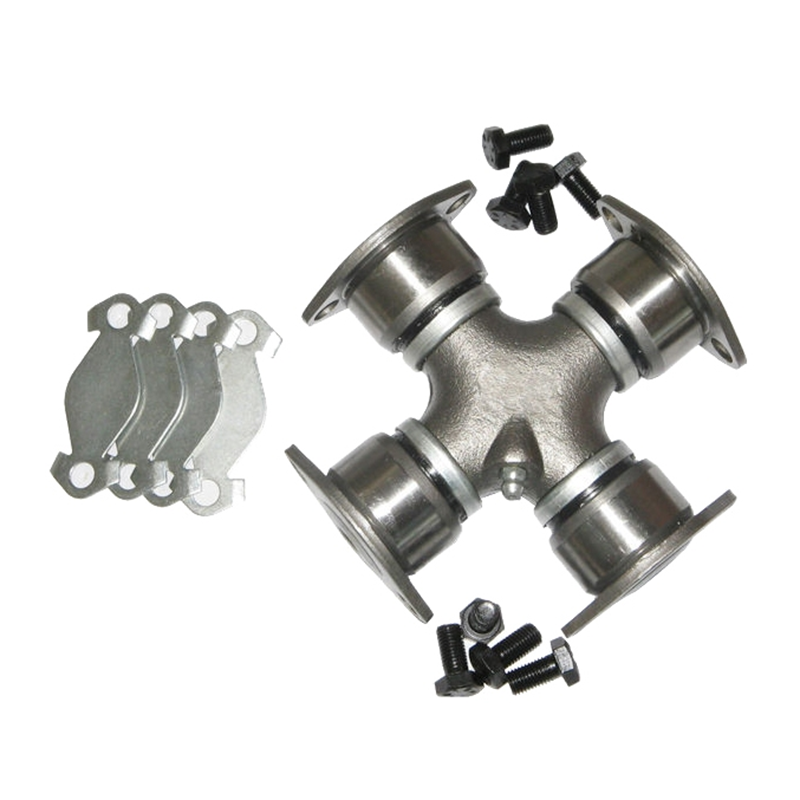


Contact Us